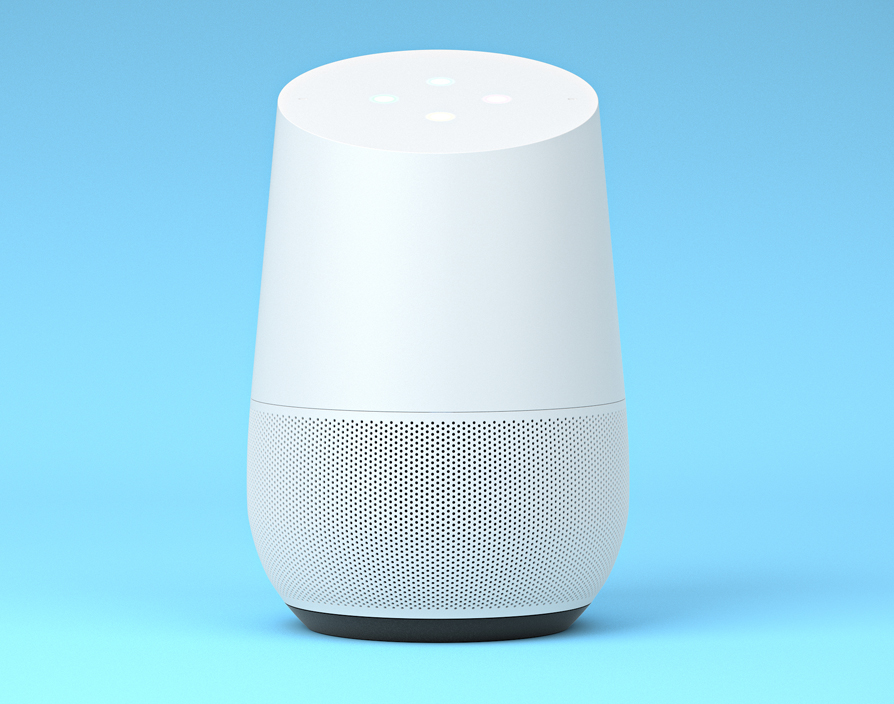Today, you can find virtual assistants like Amazon Alexa, Microsoft Cortana or Google Assistant in a growing number of homes, connecting multiple devices – from washing machines, to clocks, to speakers and smartphones. In fact, Forrester estimates, the research agency, that Amazon sold 22 million Echo devices in 2017 and that the smart home market will grow to 244 million devices by 2022.
As more people start using assistants to meet day-to-day needs, it’s clear that users will increasingly rely on these tools to help with purchase decisions. Before you know it, people will be asking these assistants everything from what colours a dress come in to whether or not a store stock Gloucester cheese.
It’s clear that the retail customer experience has the potential to be completely transformed by voice assistants who can now play the role of a customer service representative.
Here are four ways brands will use virtual assistants to build stronger customer relationships in the next five years.
(1) Offer convenience for a customer’s problem
Amazon’s Smart Home Skill API has allowed companies such a Tide, Nestle, Best Buy and more to create branded “skills” for Amazon’s voice-controlled Echo device. While there are now more than 7,000 Skills to choose from on the Alexa platform, only 31% have more than one consumer review. This means brands still need a way to make their skill sticky and attract continuous consumer interest. One way of achieving this is giving consumers a convenient way to solve a frequent problem. For example, Campbell’s Soup provides easy dinner recipes that answer the question“what should I make for dinner?” And, Starbucks answers the question “how can I get coffee as quickly and easily as possible?” by letting customers place an order using Alexa with the Starbucks Reorder skill.
(2) Improve customer support
Voice is set to radically transform and improve customer support by providing rapid, personalised answers to simple requests while freeing up time for customer care agents to take care of complicated support issues. In fact, research firm Gartner predicts that 25% of customer service operations will use virtual customer assistants by 2020. Today, there’s still a disconnect between what customers expect and the experience that virtual assistants can actually provide.
Voice analytics still have a long way to go before being conversational and mimicking a human agent. Even understanding the most simple requests is sometimes a challenge – resulting in the dreaded “sorry I didn’t get that” response. Solving this challenge takes time – training natural language processing (NLP) technology and artificial intelligence (AI) requires big data sets to get it right. Social media data provides the ideal data set to train voice analytics, because it is so similar to real-world conversations. Therefore, the companies that succeed at voice customer support will use advanced NLP trained on social media data.
(3) Improve products
As voice skills become more sophisticated, there will be new opportunities to analyse how consumers think and feel – and use certain products. Innovative brands will harness AI, machine learning, natural language processing, and sentiment analysis not only to understand how to respond to a customer inquiries, but also for gaining insights into how products and services can be improved.
Just as social media provides brands with a real-time focus group of billions, visual assistants will offer a constant stream of spoken insights.
(4) Optimise marketing measurement
Marketers are now very comfortable using AB and multi-variant testing to optimise the customer experience. This approach doesn’t go away in voice – for those brands seeking to gain an advantage in this new medium, being able to measure and analyse how and why people engage will allow them to evolve their service faster and in ways that will resonate more with consumers.
What next?
Just as in the early days of social media, virtual assistants represent the opportunity to reach customers in an innovative and authentic way, without having to pay vast sums in advertising fees. Will leveraging virtual assistants be worth it for brands? Thinking about the experience they want to provide in the future, the answer is yes. For brands keen to take advantage of this new medium, the best approach is to start experimenting now. ![]()
Share via:








































